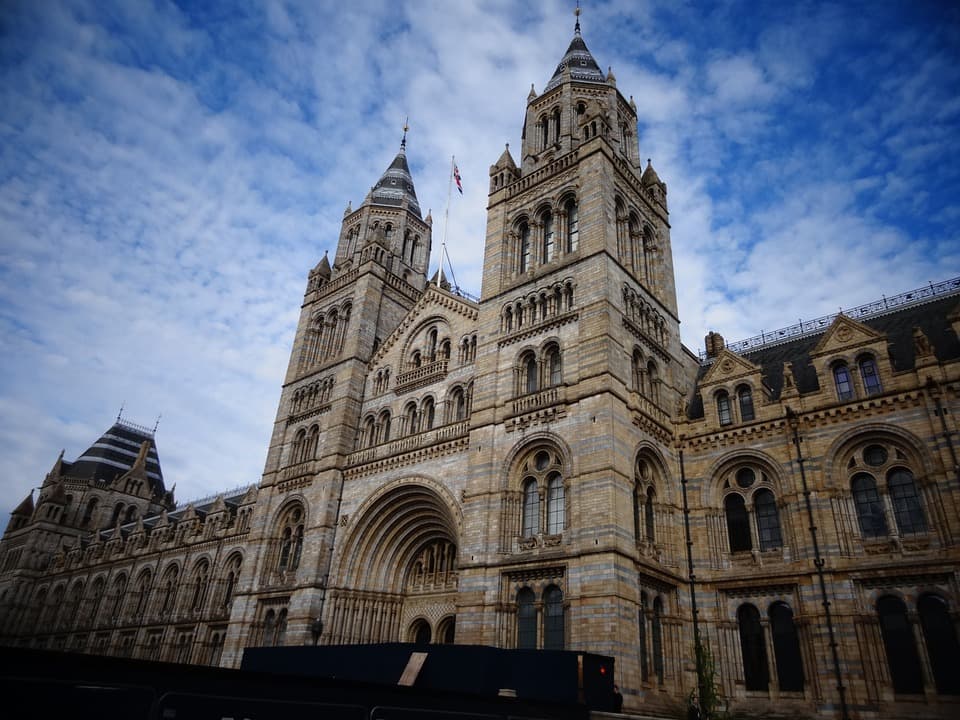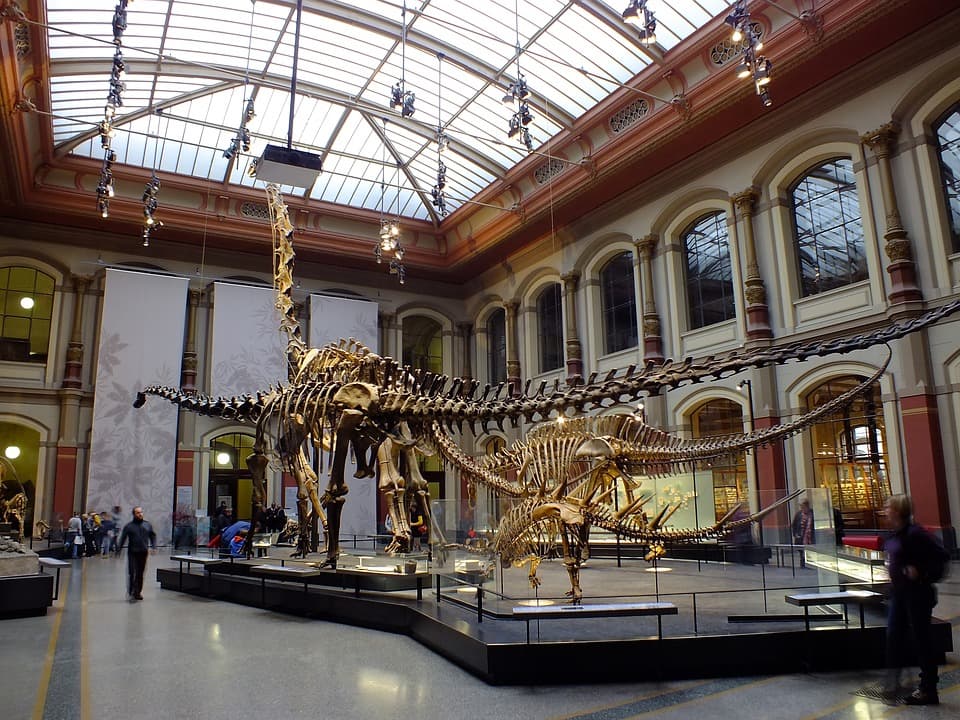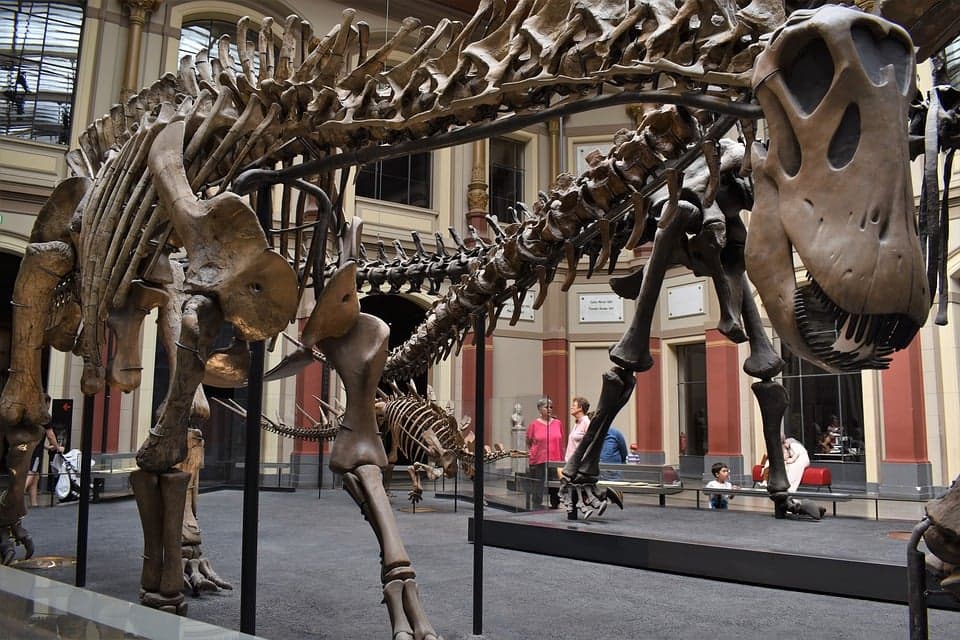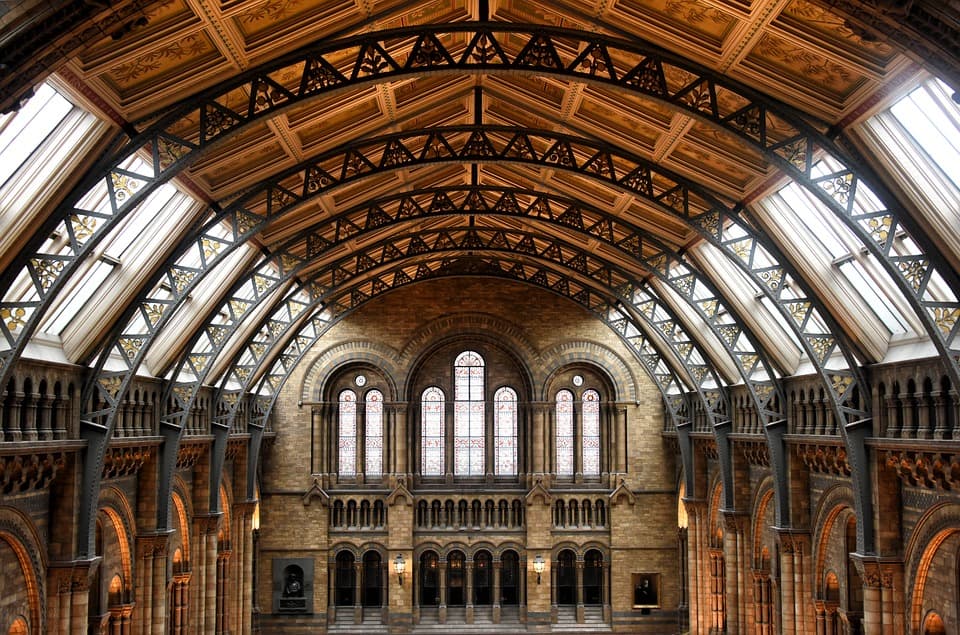Kensington is one of the main cultural centers of London, and is known for major attractions such as Royal Albert Hall, busy high streets and of course, Kensington Palace. The star of this upscale district, however, is the Natural History Museum in South Kensington. This is the sort of place where you could easily while away an entire day without realizing that the seconds have ticked by.
The museum first opened its doors to the public in 1881, beginning with a collection of 71,000 exhibits, a significant portion of which had been donated by the explorer Sir Hans Sloane. Sir Hans was an Irish physician with a keen interest in natural history, and traveled the world collecting historical artifacts that would later be displayed in the halls of the museum.
Natural History Museum Highlights

Today, the Natural History Museum holds more than 80 million items, divided into five main categories - zoology, paleontology, botany, mineralogy and entomology. The museum’s most famous exhibits are ‘Dippy’ the dinosaur skeleton and the Charles Darwin collection. A more recent addition, the intact skeleton of a blue whale named ‘Hope’, has come to replace Dippy as the main attraction.
Dippy was the name given a diplodocus skeleton that was unearthed in 1898 in the American state of Wyoming . A plaster cast of the skeleton was donated to the Natural History Museum and was unveiled in 1905. At the time, Dippy was known to be the largest land animal to have ever lived, measuring 26 meters from nose to tail. In 1979, Dippy was moved from the Reptile Room to a central position in the main hall of the museum, where it remained until 2017, when it was replaced by Hope the blue whale. Starting early 2018, Dippy started touring various museums mounted on a mobile armature.

Hope, also known as the River Thames Whale, was a blue whale that had swum its way into the Thames in 2006, having apparently strayed from its pod. The whale sadly passed away the following day as she was being rescued, and her skeleton was fossilized and put on display in the Natural History Museum’s main hall.
Sir Michael Dixon, Director of the Natural History Museum has said, “Putting our blue whale, Hope, at the centre of the Museum, between living species on the West and extinct species on the East, is a powerful reminder of the fragility of life and the responsibility we have towards our planet.

The other famous exhibit the museum is known for is the Charles Darwin collection. The various specimens that are displayed are the celebrated natural philosopher’s collections of plants, animals, fossils and written work from exploring various continents over his five year voyage. The collection comprises 1,628 texts written by Darwin in a range of languages. It is known to be the largest collection of works of Darwin in existence.
These are only the tip of the iceberg, however. The museum has more items than can be put in a single article. With an extensive collection of flora and fauna spanning several contents and covering a span of millennia, there is no shortage of wonders to discover.

Other unmissable attractions in the museum are the colossal squid that can be found in the 8 metre long fish tank that is located in the Tank Room, the Gilded Canopy of painted botanical panels that depict the history of plant life, and the Dodo Painting, one of the most famous depictions of the long-extinct bird species. What’s intriguing about the painting is that it was done when there was no scientific evidence of the Dodo’s physical structure. This illustration later became the ‘manual’ for the biologist Richard Owen, who pieced together Dodo fossils for the first time by superimposing the bones on top of the painting.
The exhibits written here are just a few of the many thousands of exhibits the museum has to offer. The Natural History Museum is hardly the most glamorous of Kensington’s attractions, but is perhaps its most significant. As the world continues to change, with new animal species being discovered while others fade to memory, the significance of this institution grows ever greater.
London is steeped in history and culture, with a number of different museums and galleries. If you enjoy learning about history, or going to different exhibits or art galleries, then London is an amazing place to live. Take a look at some of our top London properties below, and contact us today for more information.
Related Blogs: